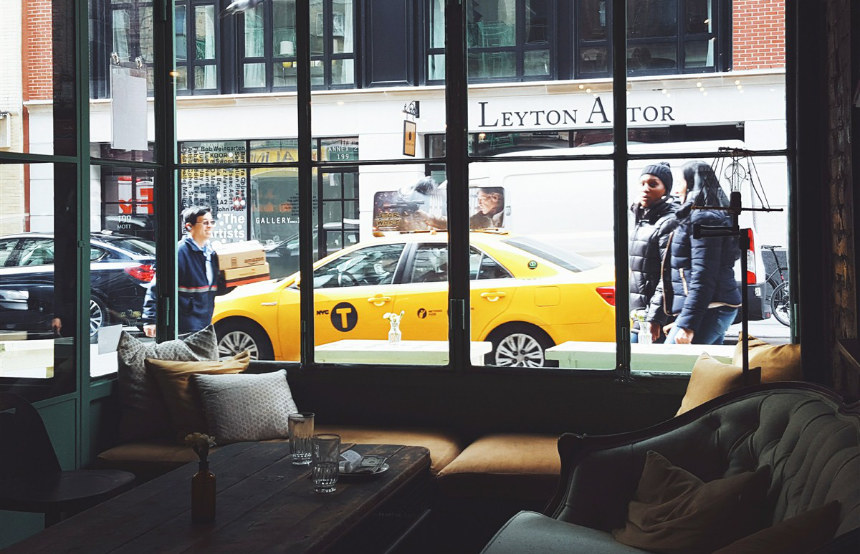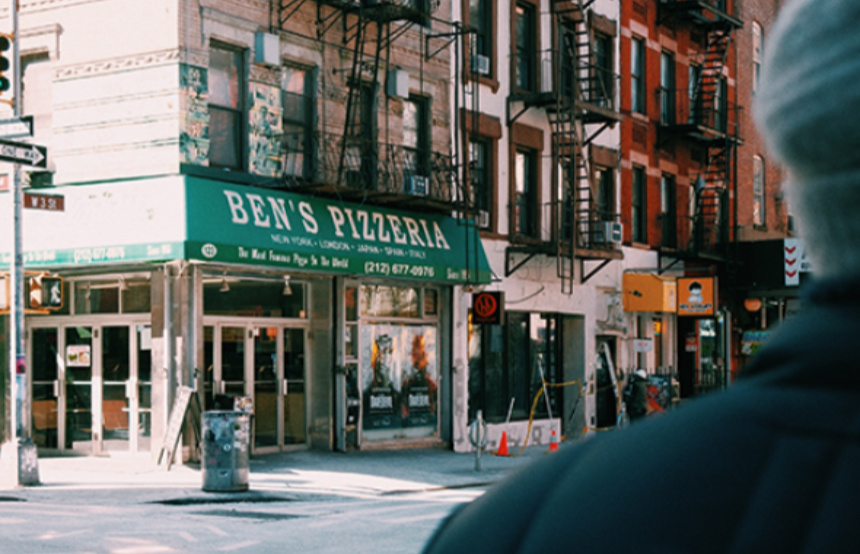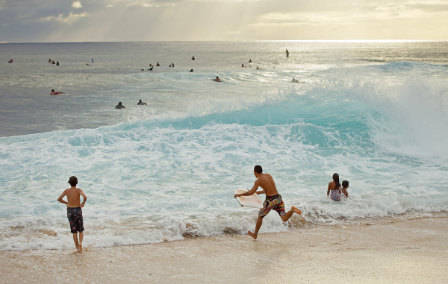Published 26th May. 2023
Reading time
Dig out your diamante and don your most creative costume – it’s Mardi Gras. In the US, this colourful carnival can be traced back to 1699 when French coloniser Pierre Le Moyne d’Iberville landed near present-day New Orleans and held a small celebration. Today, Mardi Gras (also known as Carnival) is marked by masked balls, street parties and extravagant parades. If you’ve been seduced by this season’s festivities, floats and general fabulousness, we’ve got the lowdown on how to plan and perfect the Carnival experience on your next holiday to America. Read on for our guide to celebrating Mardi Gras in New Orleans.
Technically, the season of Mardi Gras starts on the 6th January and lasts until Fat Tuesday (otherwise known as Mardi Gras Day or Shrove Tuesday). However, if you’re looking to experience Mardi Gras at the height of festivities, plan to be in New Orleans during the week leading up to Fat Tuesday. This is when the biggest parades and celebrations happen, including Lundi Gras (Fat Monday) during which you can witness some Carnival key players arriving by boat, and enjoy live music and parades weaving through the streets. Because this is the peak time for Mardi Gras celebrations, it’s also the most popular time to visit the city. Booking well in advance is essential if you want to secure a spot in New Orleans during this period, as flights and hotels get fully booked up to a year in advance.
Parades are the heart and soul of Mardi Gras in New Orleans, and the main parades are run by local social groups known as ‘krewes’. The biggest happen on the Saturday and Sunday before Fat Tuesday, while the most historic parades can be enjoyed on Lundi Gras and Fat Tuesday itself. Rest assured, though, that the city’s streets will be alive with colourful floats and processions every night in the week leading up to Mardi Gras Day. The main parades follow a set route through the city and are free for everyone to enjoy (check the official Mardi Gras website for details) but if you want a bit more of a relaxed experience, you can pay to view them from a balcony or grandstand. Many hotels, restaurants and bars have balconies for viewing the parades, but unsurprisingly, the luxury of having a bar and easily accessible toilets is very popular, so you’ll need to make sure to book these well in advance. Grandstands are another great option because they’re closer to the ground and offer prime parade viewing, so we recommend booking a grandstand spot for at least one parade. Of course, if you choose to enjoy the parades from the street, you have the advantage of being fully immersed in the joyful atmosphere. You’ll also have the best chance of catching some ‘throws’: trinkets, beads and toys thrown into the crowd from floats.
You might be wondering what on earth to wear to such a fun fantastical festival. The answers is: it’s Mardi Gras, anything goes! Glitter usually features heavily in Mardi Gras outfits, and costumes are essential if you’re interested in walking in a parade (it’s possible to join in with the smaller walking parades off the main route, the biggest of which is run by Society of Saint Anne). If you want to fit right in with the revellers, think feathers, sequins and the official Mardi Gras colours of purple, green and gold. One thing to remember when choosing your outfits is that Mardi Gras in New Orleans typically involves a lot of walking, so while you want to get creative, you also need to make sure your costume includes a pair of comfortable trainers or shoes. The weather at this time of year in Louisiana is changeable, so pack layers and prepare for sunny afternoons along with chillier mornings and evenings. Remember to bring a bag for storing your throws, especially if you’re travelling with little ones. If you’re lucky enough to get an invite to a Mardi Gras ball, the dress code will be specified on the invite, but it’s usually black tie or costume de rigueur (white tie).
The essence of Mardi Gras is community and culture, nowhere more so than at the Mardi Gras Indians parades. These parades are organised by the African American communities of New Orleans, and their routes and timings are much more secretive than mainstream parades, though they’ll usually pass through the intersection between North Claiborne and Orleans avenues. Mardi Gras Indians, so-called to honour the Native American tribes who helped African Americans to escape slavery, wear elaborate costumes inspired by both Native American and West African dress, which typically cost thousands of dollars and take all year to make. The tradition of Mardi Gras Indians emerged when African Americans were excluded from mainstream carnival celebrations, and historically Mardi Gras was a day to settle scores in the community. Today, however, the parades are a display of art and creativity that weave through the city’s backstreets in style and splendour. When watching these events, remember to keep a respectful distance and take your cue from locals.
You can’t come to Mardi Gras in New Orleans without sampling a slice of colourful King Cake, a brioche-like bake traditionally served throughout Carnival. King Cakes usually have a small figurine of a baby hidden inside, which symbolises luck and prosperity for whoever finds it. Another Mardi Gras must is heading to Bourbon Street, one of the most famous streets in the French Quarter. Although none of the parades pass through here, this is the place where you can really get into the Carnival spirit by knocking back a few classic cocktails and enjoying the lively atmosphere. On the final day of festivities, this is the perfect place to round off your Mardi Gras experience.

From New York to California and all the states in between, our team knows the USA's hotspots incredibly well. What we really excel at, though, is the under-the-radar regions, thanks to our in-depth experience and the hand-picked guides we work with on the ground. Whether you’re travelling as a family or à deux, road trips are the ultimate way to explore the USA, and we're brimming with suggestions to improve journeys, from scenic route options to photogenic stop-off points (all based on our own experiences, of course). And if that's not enough, you'll have our in-country Concierge team on hand at all times for extra help and advice.
ENQUIRE NOWPractical advice and inspiration for your next trip

Love it or hate it, winter rolls around every year. So, why not spend this polarizing time on a polarized continent? From skating on the frozen lakes of the Canadian Rockies and crunching through the snow-blanketed plains of Alaska to sampling internationally renowned wines in the vineyards of Northern California and cruising between the laid-back microcosms of The Florida Keys, North America has something for everyone during winter.
24th December 2025 - USA Travel Inspiration

Spring in New York is an underrated sweet spot. While the Big Apple typically tempts travellers with its magical winters and sizzling summers, spring promises the gift of crowd-free fun. As the weather begins to warm, coats and winter blues are shed, cherry blossoms explode to life and rooftop bars reopen. Tick off the city’s classic corners (hello, Times Square) and join in with the seasonal festivities.
30th September 2025 - USA Guide

When it comes to postcard-perfect beaches, the USA has them in bucket-(and spade)-load. From California’s colourful coast and Florida’s buzzing beaches to Oregon’s rugged shores and Georgia’s photogenic stretches, there’s no shortage of sandy escapes on a USA holiday. Spot puffins on Cannon Beach and nesting turtles on Perdido Key, or stroll past Art Deco architecture on South Beach and charming hotels overlooking Coronado Beach.
4th August 2025 - USA Beaches & Islands

Our team of destination experts will get to know you and your unique requirements for your holiday

We work with you to build an ultra-personalised holiday itinerary with your choice of accommodation, experiences and activities

All of our holidays include little extras designed to make a big difference to your trip, from fast-tracking you through airport check-in and security to our network of local Concierges